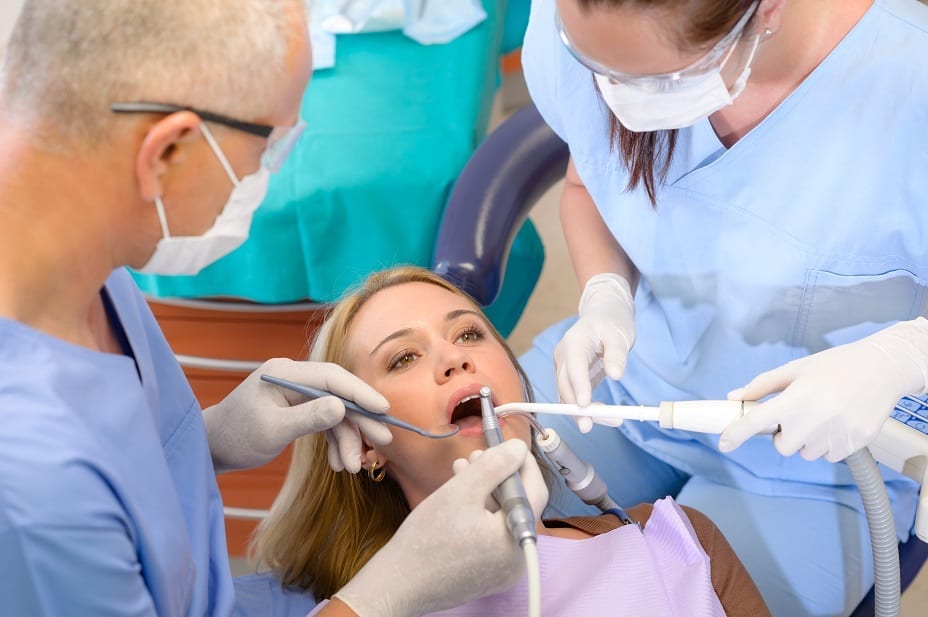Legacy Orthodontics Can Be Fun For Everyone
Legacy Orthodontics Can Be Fun For Everyone
Blog Article
Legacy Orthodontics for Beginners
Table of ContentsLegacy Orthodontics - QuestionsLegacy Orthodontics Fundamentals ExplainedLegacy Orthodontics for BeginnersA Biased View of Legacy OrthodonticsLegacy Orthodontics Can Be Fun For Anyone
In enhancement, we use adjustable treatment timetables, versatile payment alternatives and an enjoyable, enjoyable experience.An orthodontist is a dental professional educated to identify, protect against, and deal with teeth and jaw abnormalities. They fix existing conditions and are trained to identify troubles that might establish in the future. Orthodontists function with individuals of any ages, from youngsters to grownups. Individuals commonly link an ideal smile with healthiness.
Malocclusion, or misaligned teeth, can cause oral problems, including dental caries, periodontal disease, and difficult or painful eating. But not every person is birthed with straight teeth. If you have a poor bite or huge spaces between your teeth, you may intend to seek advice from a dental professional specializing in orthodontic treatment.
The smart Trick of Legacy Orthodontics That Nobody is Discussing
( Picture Credit Scores: DigitalVision/Getty Images) Orthodontists utilize repaired and detachable oral gadgets, like braces, retainers, and bands, to alter the setting of teeth in your mouth. Orthodontic treatment is for oral problems, consisting of: Jagged teethBite problems, like an overbite or an underbiteCrowded teeth or teeth that are too much apartJaw misalignmentThe objective of orthodontic therapy is to boost your bite.
A healthy bite guarantees you can eat, chew, and speak properly. While you may assume of orthodontists as mostly for kids or teens who require braces, they can deal with dental problems at any age. Orthodontists participate in university, oral college, and orthodontic institution. After graduation, they spend 2 or 3 years in an orthodontic residency program.
, yet not all dental practitioners are orthodontists. They focus on 2 areas: Exactly how to correctly and safely relocate teeth Exactly how to appropriately direct advancement in the teeth, jaw, and faceOnce an orthodontist has completed training, they have the option to become board certified.
The Basic Principles Of Legacy Orthodontics
Misalignment, or malocclusion, is one of the most common factor individuals see an orthodontist. It is genetic and is the result of size differences between the top and lower jaw or in between the jaw and teeth. Malocclusion brings about tooth overcrowding, a misshapen jaw, or uneven bite patterns. Malocclusion is typically treated with: Your orthodontist affixes steel, ceramic, or plastic square bonds to your teeth.
Some individuals require a headwear to help relocate teeth right into line with stress from outside the mouth. A retainer is a customized device that maintains your teeth in location.
They can develop added space in the mouth without having to pull teeth. Orthodontists use cords, medical screws, or plates to support your jaw bone.
You may require to see an orthodontist if you have: Crowding or not sufficient area for all of your teethOverbite, when your top teeth come over your bottom teethUnderbite, when your base teeth are too far forwardSpacing or concerns with gapsCrossbite, which is when your top teeth fit behind your base teeth when your mouth is closedOpen bite or a vertical void between your front bottom and top teethMisplaced midline, when the facility of your base and upper teeth don't align Correcting a dental malocclusion can: Make attacking, chewing, and speaking easierImprove the balance of our face and your total appearanceEase discomfort from temporomandibular joint conditionsDifferent your teeth and make them easier to clean, helping protect against dental cavity or dental caries It's usually a dental practitioner that first notices misaligned teeth during a routine test.
Excitement About Legacy Orthodontics

During your first orthodontic examination, you'll likely have: A dental examPhotos taken of your face and smileDental X-raysPanoramic (360 level) X-rays of your face and headImpressions to create mold and mildews of your teethThese examinations will certainly help your orthodontist know how to wage your treatment. braces. An orthodontist is a dentist that's had training to treat your teeth and jaw
Orthodontists may carry out surgical procedure, exams,X-rays,and even more to aid you obtain a much more comfy, healthier smile. An orthodontist is concentrated on your bite, so something like a damaged tooth would certainly be managed by a dental expert. Orthodontists are dental experts yet not all dental professionals are orthodontists. Orthodontists are focused on your bite, or the method your teeth meshed, and the straightness of your teeth.
Ever before asked yourself exactly how celebrities always appear to have perfectly aligned teeth? Orthodontists are dental experts who focus on correcting irregularities in the teeth and jaws.
The Of Legacy Orthodontics

While dental braces are one of the important site most frequently identified orthodontic therapy, orthodontists have a varied toolkit at their disposal. The particular approach chosen depends upon the intensity of the situation, the individual's age, and specific choices. These tried-and-true dental braces make use of a system of braces bonded to the teeth and attached by wires.
Clear aligners, like Invisalign, are a popular option for individuals looking for a much more discreet therapy alternative. These detachable trays are custom-made to gradually move the teeth's setting. Headgear may be used along with braces or aligners to apply added targeted pressures, specifically for dealing with jaw discrepancies. In cases of narrow jaws, palatal expanders can be made use of to develop area for appropriate tooth alignment.
Report this page